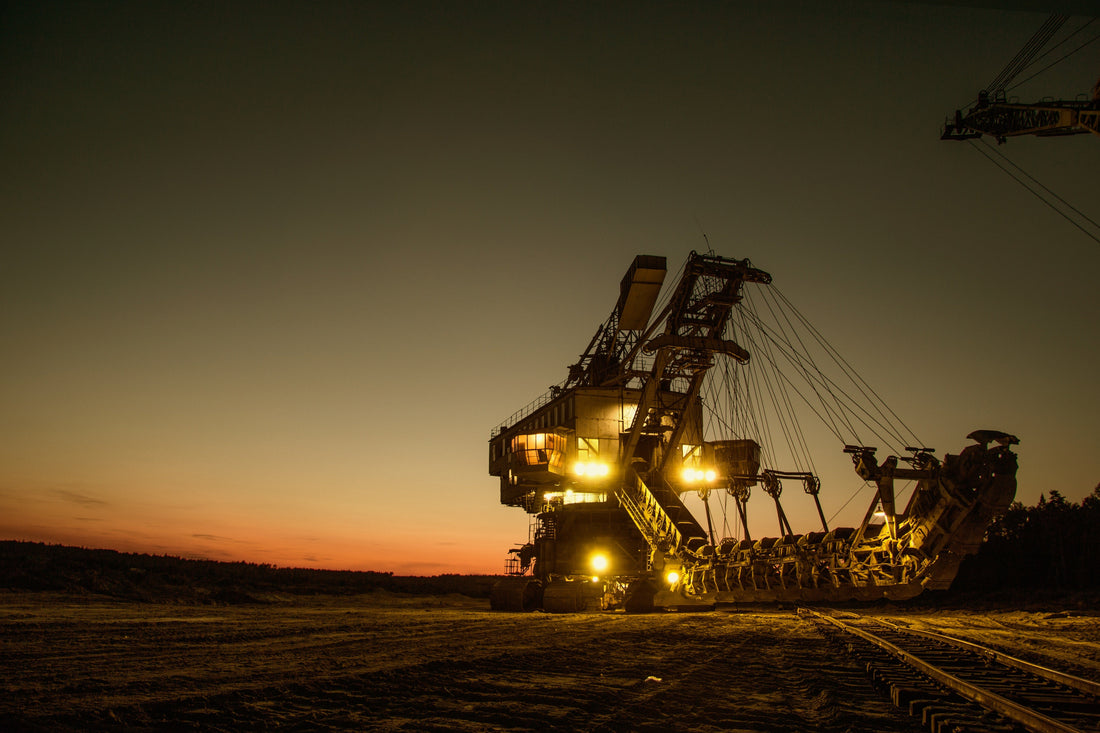
Why mid-tier mining companies are struggling to be profitable
Mid-tier mining companies have gradually drifted into an unsustainable position, much like the proverbial frog in a pot of slowly heating water. Once characterized by their agility, lean operations, and hungry management teams, these businesses now exhibit traits more commonly associated with their larger counterparts. The result? A resource profile that struggles to support the infrastructure and overheads of a large corporation.
This transformation didn’t occur overnight. Over the past two decades, a series of subtle yet significant shifts have redefined the sector. However, a major emerging theme is the critical need to deploy technology in a more integrated manner, aligning it with processes to drive reductions in site personnel and enhance operational intelligence. Additionally, the difficulty in attracting high-quality technical expertise to mining sites underscores the urgency for remote operational models supported by robust systems and processes. Here are the key drivers behind this drift and the opportunities for change:
Increasing Compliance Hurdles
Safety and ESG (environmental, social, and governance) requirements have rightly grown in prominence, reflecting broader societal and investor expectations. However, for mid-tier miners, meeting these increasing demands has necessitated additional layers of personnel, systems, and processes. While compliance is non-negotiable, an integrated approach to technology could help automate many of these functions, reducing the associated costs and complexities.
Leadership Influences from Larger Companies
A significant number of executives in mid-tier mining companies have transitioned from larger corporations. With them, they have brought the human and process infrastructures they are accustomed to, often transplanting systems designed for Tier-1 organizations. These structures, however, are frequently misaligned with the leaner needs and capabilities of mid-tier businesses. By integrating intelligent systems tailored for mid-tier operations, these companies can streamline decision-making and reduce unnecessary personnel overheads.
Transformation Programs That Miss the Mark
The push to integrate new technologies and launch ambitious transformation programs has introduced additional complexity. Often, these programs fail to deliver the anticipated returns but leave behind a permanent infrastructure of teams and systems. A shift toward integrated technology—designed to align with operational processes—can break this cycle. Such systems should focus on increasing agility, reducing planning cycles, and enabling real-time decision-making, rather than creating new silos.
Bloated Site-Based Structures
Today’s mid-tier mining companies often feature expansive site-based teams with multiple layers of supervision and management. It’s not uncommon to find as many as five layers of oversight, each well-compensated and protective of their positions. This challenge is compounded by the growing difficulty in attracting high-quality technical expertise to remote mining sites. An integrated approach to operational intelligence can replace these layers with smarter, more efficient systems that empower frontline teams. By enabling key roles to be based offsite, companies can attract top-tier talent while reducing the reliance on large site-based teams. However, making this shift requires strong corporate commitment to building the systems and processes that support this model.
Reclaiming Agility Through Integration
The essence of what once made mid-tier miners successful—being lean, hungry, and agile—has been lost. Integrated technology can help these companies reclaim their edge by embedding operational intelligence into processes. This approach enables faster decision-making, breaks down silos, reduces reliance on large site-based teams, and enhances overall productivity. Furthermore, by enabling remote operations, companies can tap into a broader talent pool, ensuring they attract and retain the high-quality expertise needed to stay competitive.
The Boiling Point
This drift towards unsustainable practices has been a slow process, occurring over two decades. Like the frog in the heating pot, many mid-tier mining companies have failed to notice the gradual rise in complexity and cost until it has reached a critical point.
To reverse this trajectory, mid-tier mining companies must embrace a new way of thinking:
- Reinstating Lean Operations: Streamline teams, reduce layers of management, and empower frontline decision-making with intelligent systems.
- Integrated Technology Deployment: Focus on systems that align with core processes, reduce the need for site-based personnel, and enhance operational intelligence.
- Fostering Collaboration: Use integrated platforms to eliminate silos, enabling better communication and collaboration across teams.
- Remote Operational Models: Commit to building robust systems and processes that enable key roles to be based offsite, attracting high-quality expertise and reducing site-based complexities.
- Smarter Planning Cycles: Leverage real-time data and intelligent systems to shorten planning cycles and drive more agile operations.
The journey back to profitability will not be easy, but it’s essential for survival. By shedding the weight of misaligned practices and focusing on integrated technology and processes, mid-tier mining companies can reclaim their position as agile and competitive players in the industry.
